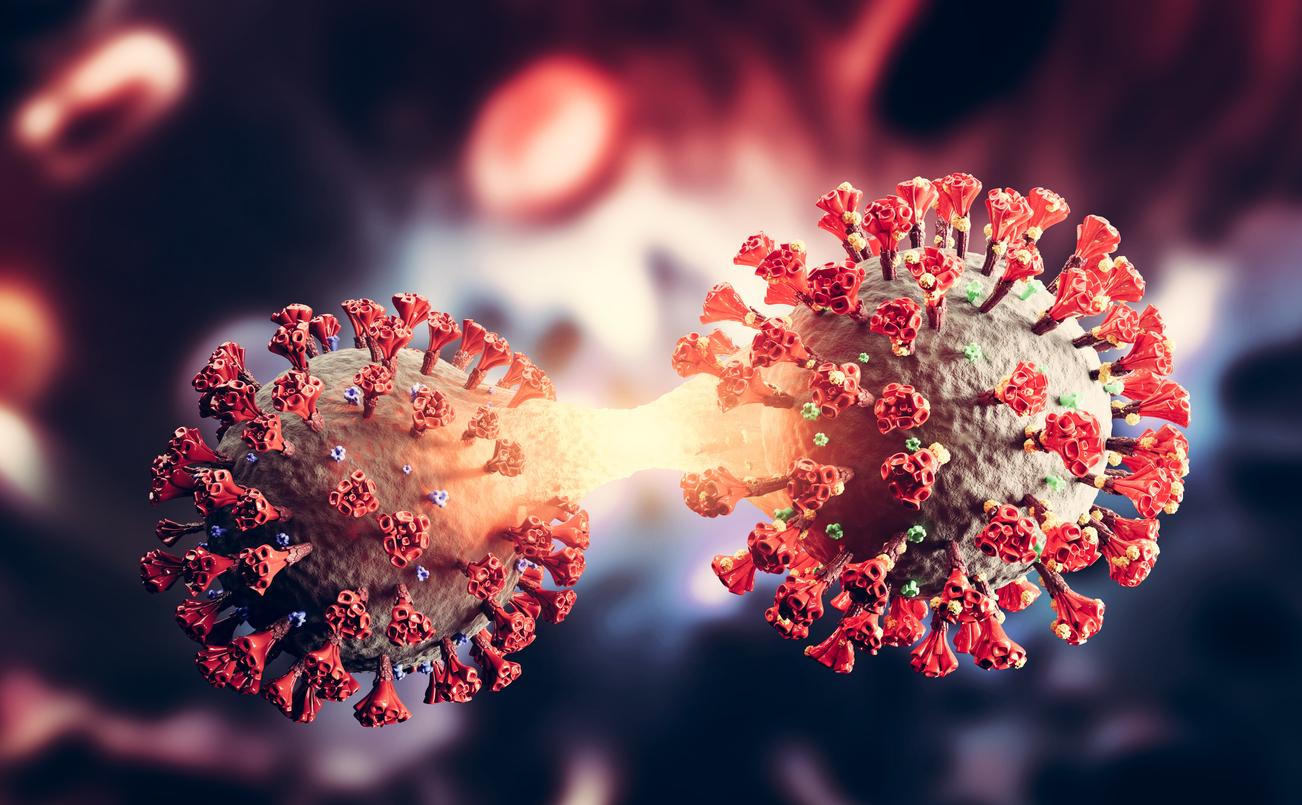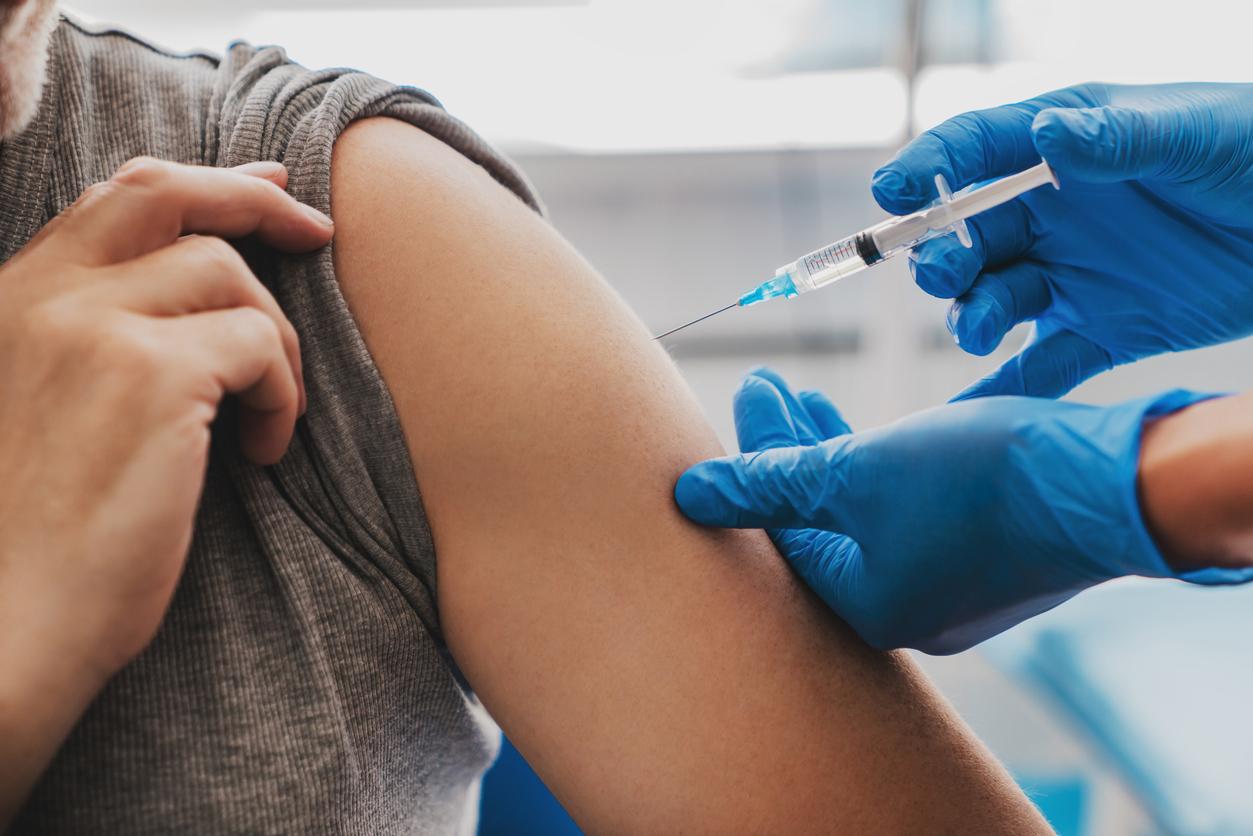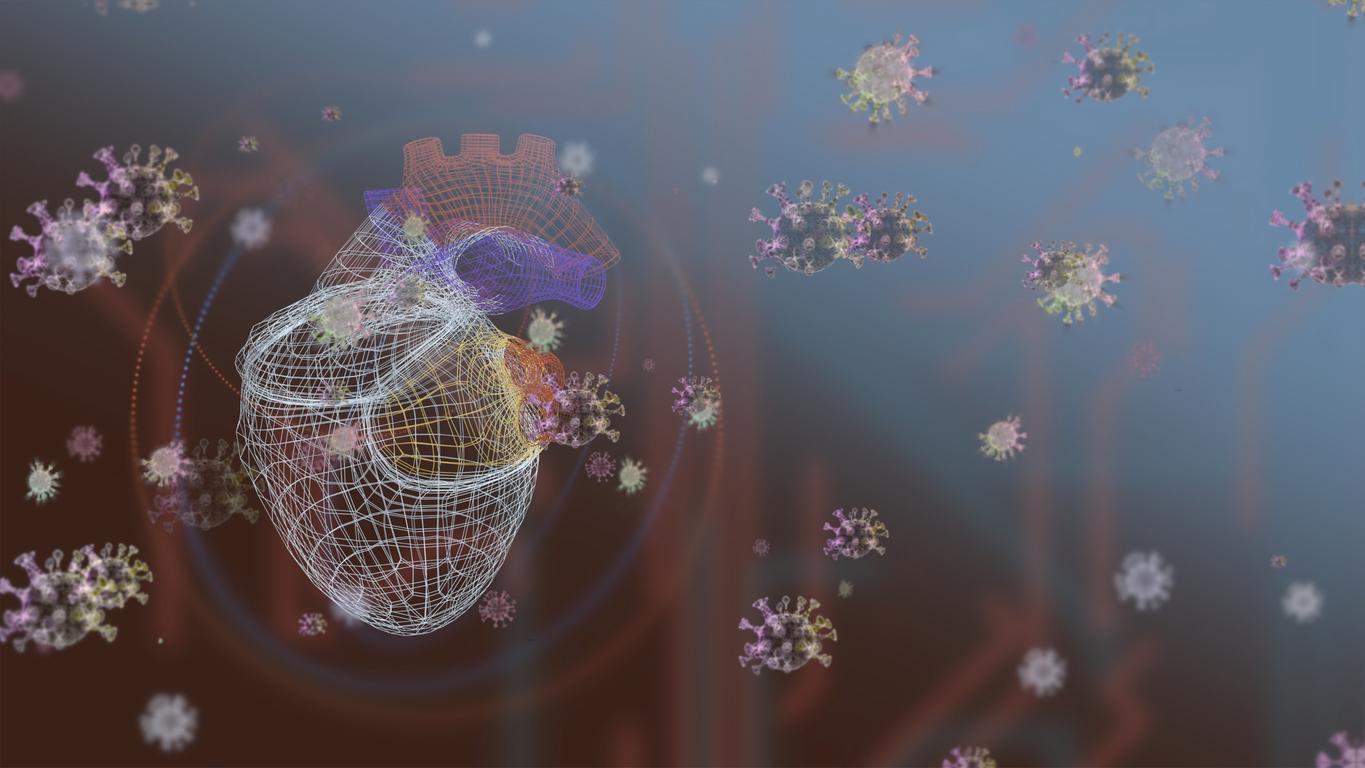The identification of two pathways for SARS-CoV-2 entry into cells opens up the prospect of new therapeutic strategies.

- Since the beginning of 2020, the SARS-CoV-2 virus has infected more than 175 million people worldwide and caused more than 3.8 million deaths.
- Since the start of the vaccination campaign in France, 32,913,322 people have received at least one injection (i.e. 48.8% of the total population) and 20,124,046 people now have a complete vaccination schedule (i.e. 29.8% of the total population).
A study, led by INRAE and the University of Heidelberg in Germany, deciphers new mechanisms of entry of the Covid-19 virus into cells. Published on June 23 in the EMBO Journal, it shows that the coronavirus uses two entry routes: a fast route for cells with a specific protease * on their surface, called “TMPRSS-2”, and a slow route for cells lacking this protease.
“Targeting the early stages of infection”
“These results open new perspectives for developing therapeutic strategies that would target these two entry pathways of SARS-CoV-2”, comment the researchers. In effect, “to develop treatments that limit the spread of SARS-CoV-2, the virus causing the COVID-19 pandemic, the ideal is to target the early stages of infection before the virus enters cells “, they add.
Inspired by studies done on MERS-CoV, another coronavirus identified in 2012 causing Middle East respiratory syndrome, the research team studied the infection of SARS-CoV-2 on different cell types to identify the SARS-CoV-2 entry pathway(s).
During the analyses, it appeared that some cells were infected very quickly (in less than 10 minutes), while the infection of the other cells took about 50 minutes. The scientists demonstrated that all the rapidly infected cells had a receptor on their surface, TMPRSS2, which the virus uses exclusively to enter these cells. “These cells are found in particular in the lungs and intestines, the organs where the virus is most strongly detected”explain the researchers.
“Ability to use multiple cellular mechanisms”
When the TMPRSS2 receptor is absent, the virus takes another route, the endolysosomal pathway, which is slower because it involves multiple cellular mechanisms.
“These results show that the virus has the ability to use several cellular mechanisms to infect a greater number of cell types, which could explain its high multiplier potential in the organism and its force of spread within the population” , say the scientists. “It also sheds light on the ineffectiveness of certain types of treatment that only target one of the two pathways.” they conclude.
*A protease (or peptidase) is an enzyme that makes up proteins.
.

















